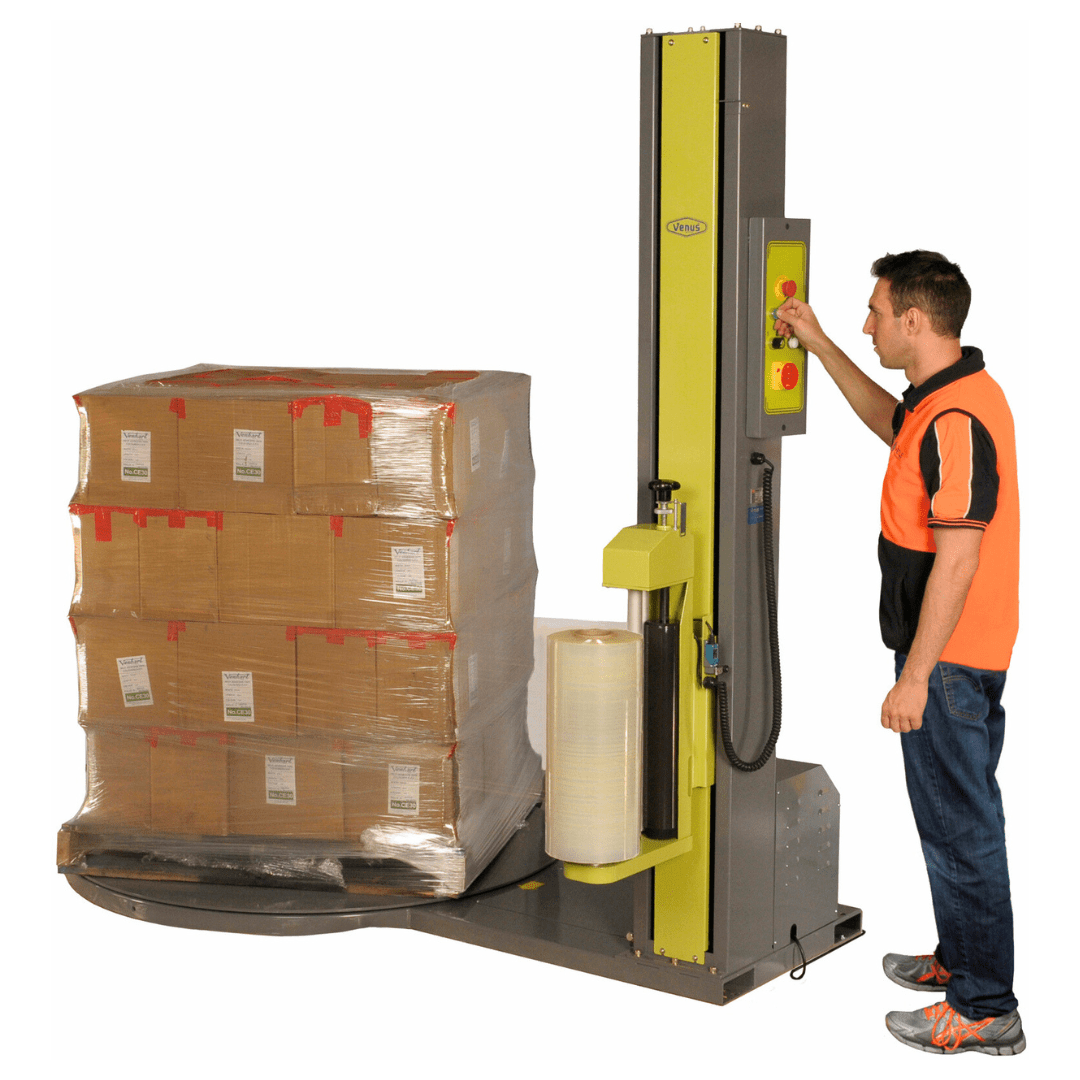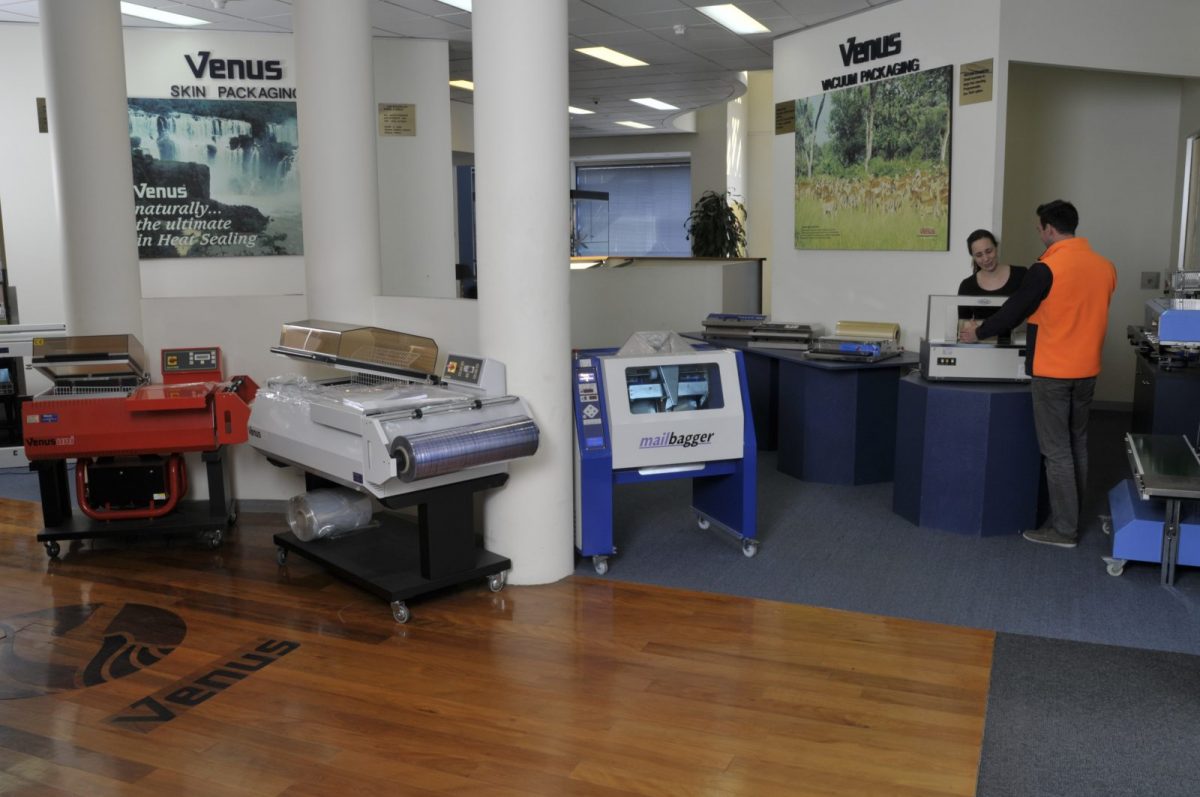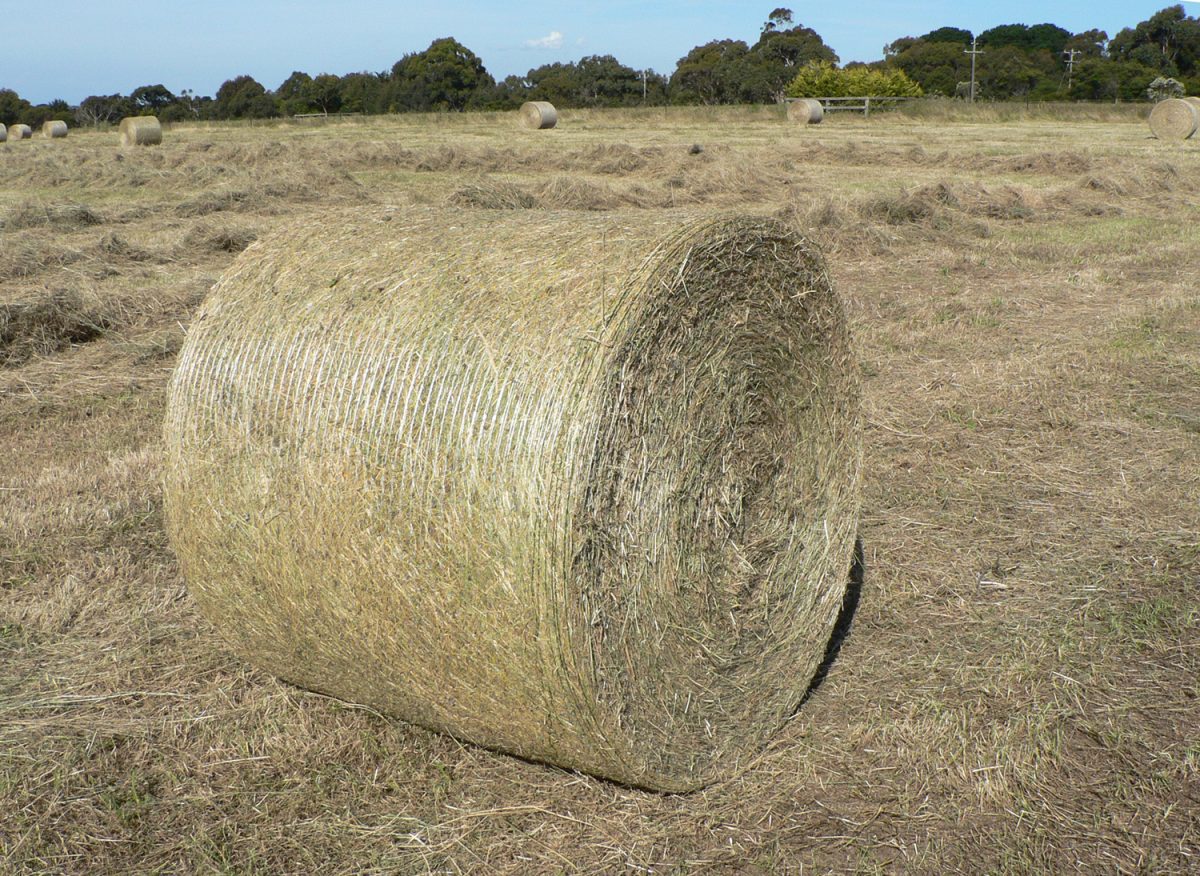 Back to blog
Back to blog
What is the best vacuum sealer?
What is the best vacuum sealer?
When looking to purchase a new vacuum sealer or vacuum chamber you must consider the following questions:
- Am I using this in a home environment to help keep food fresher for longer?
- How many packages am I likely to do in a day?
- What is the size of the product I am going to vacuum pack?
- Should I use nitrogen flushing when sealing my products?
- How do I want my vacuum sealed product to look?
Am I using this in a home environment to help keep food fresher for longer?
If you are purchasing for home or domestic use, it is assumed that you will be vacuum sealing only a small number of packages daily or weekly. You will need a simple vacuum sealer. The domestic machines are a cost-effective entry level machine and will cover all the basic household needs, such as food storage improvement, through drawing the air directly out of the bag using the built-in pump. These are often known as ‘out of chamber’ vacuum sealers. Recent improvements in these machines means that they can increasingly handle more workload and faster speed. These machines are portable, compact and low on energy use.
How many packages am I likely to do in a day?
If you are packaging upward of 20 packages a day, up to about sixty, you would need to consider a larger out of chamber vacuum sealer. These vacuum sealers still sit on your benchtop and take up limited space, but they have a stronger motor, faster sealing times and generally more tough! If you are packaging upward of 100 packages a day you will need a commercial vacuum chamber.
What is the size of the product I am going to vacuum pack?
Most vacuum sealers and vacuum chambers offer flexibility in package size. So you can use the same vacuum sealer or vacuum chamber to pack a range of different sized products, and simply adjust the bag size to make it work. It is important to check the maximum dimensions of product that the vacuum sealer or vacuum chamber can take.
Do I need to use nitrogen flushing when vacuum sealing my products?
Packaging or sealing products in an airless environment has long been an effective way to protect items or enhance shelf life. The key to this longer shelf-life is removing the oxygen from the packaging as exposure to oxygen causes foods to deteriorate. In order to remove the oxygen you can remove all the air from the bag during the vacuum sealing process, or alternatively fill the bag with nitrogen when sealing.
If you are sealing sturdy products such as meats and cheeses, vacuum sealing works well as the product is robust enough the withstand all the oxygen being removed from the packaging. For more delicate foods where vacuum sealing the bag may cause the product to be crushed, nitrogen can be flushed in to replace the oxygen, meaning the product in the bag is protected (as the bag is more full) plus the likelihood of food spoiling is significantly reduced as the oxygen has been removed.
How do I want my vacuum sealed product to look?
If you are selling your vacuum sealed product in a retail sales situation you should consider if you need the bag to stand up, or hang on a display stand. If so a stand up pouch is the best option. Vacuum bags are the other option to use with a vacuum chamber and they are particularly easy to transport, but not so good for display purposes.










